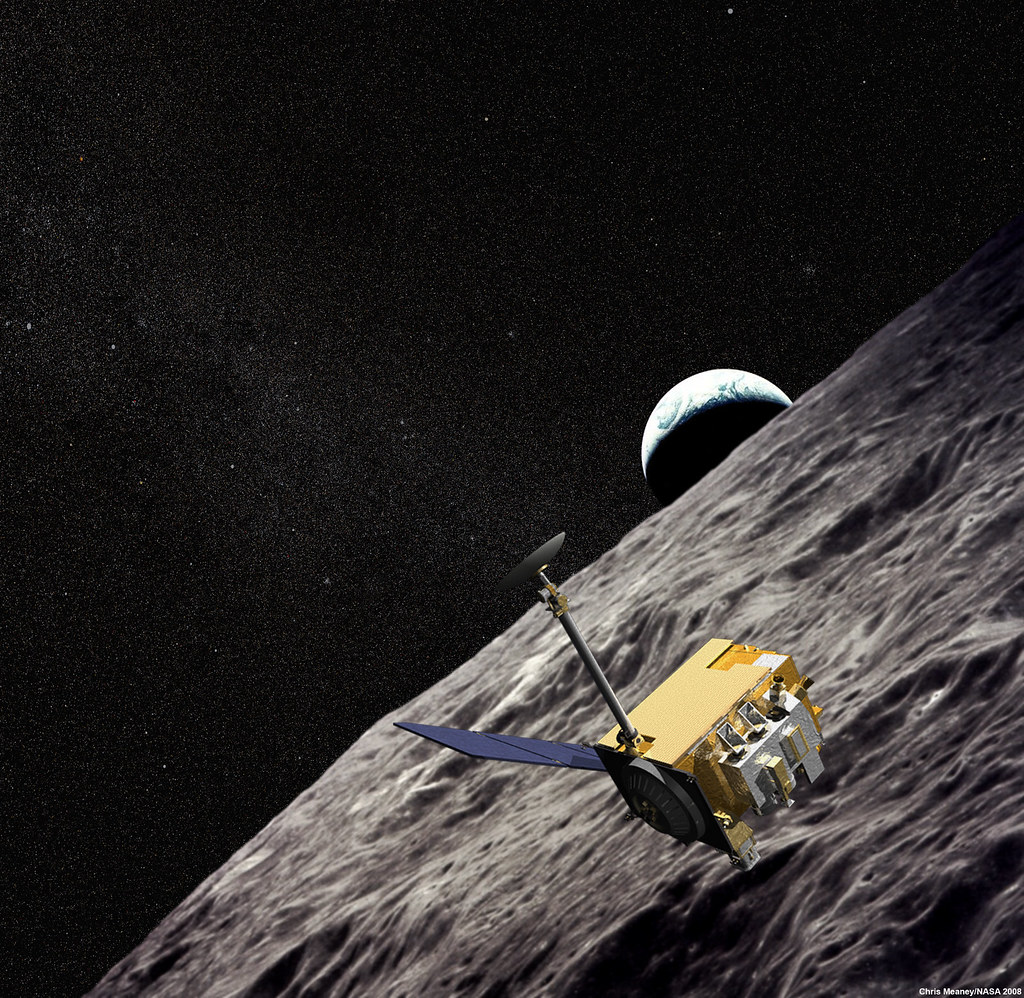Space. The Final Frontier, the Great Unknown, is the key to understanding the Universe. The enticement and granger of space have captured the imagination and attention of humans for decades. Shows, movies, books, articles, and more have depicted our desire to explore space. And now with the ever-growing technological advances of our day, space has become more attainable, making that desire more attainable. In these past weeks, India has taken that technology and the enticement of space and has landed a rover on the South Pole of the moon.

On August 23, 2023, at 8:20 a.m., India joined the convened group of countries that have successfully made contact with the moon. The first to join the group was The Soviet Unio 8n who sent the rocket Sputnik, the first satellite to the moon in 1957. Following their example, The United States landed Buzz Aldrin and Neil Armstrong on the moon in 1969. Now, India has successfully landed The Chandrayaan 3, the first ever successful rover to touch down at the lunar south pole. While this was attempted by The Soviet Union a mere four days earlier, the probe was reported to have crashed on the moon in an unsuccessful attempt to land and was unable to complete its mission.
The Chandrayaan 3 was sent with the mission to search for frozen water on the moon, with the hopes of obtaining more information on the elemental structure of the moon. Additionally, hopes that the information may provide potential resources for Earth in the future. The rover is programmed to stay upwards of 3 to 6 months. The rover stays active for a full lunar day (14-day Earth days) on the moon, then uses solar energy via a solar panel and light from the sun to charge the battery. The rover’s landing payload consists of a Lunar Seismic Activity (LSA) instrument that will be used at the landing site and will be active for the duration of the Chandrayaan 3’s mission. As well as Chandrayaan’s Surface Thermophysical Experiment (CheSTE) which measures the thermal conductivity and temperature of the lunar south pole surface. Many other highly technological instruments included with the design of the Chandrayaan were made, all of which were intended to gather information on the moon and the rover’s landing site. The total mission cost upwards of 6.15 rupees or 75 million U.S. dollars. These technologies were not available in the past as the United States and the Soviet Union were making their own technological advancements. But through research, invention, time, and effort, India has been able to take modern resources and put them into accomplishing a modern dream.
The accomplishments made by the Chandrayaan 3 highlight the advances we have made as a civilization, but whether those achievements are deemed enough to outweigh the cost is up for debate. Some believe that the cost of the mission, and many other missions, could be put to better use here on Earth. Ms. Rams, Agua Fria’s own Psychology teacher had this to say on the matter; “Space travel is cool and extremely interesting, but why are we spending so much money on space exploration when the money could be used better.” Priorities of space travel have been up for debate as problems such as the Ukraine and Russian war, natural disaster relief, and much more. Others, such as Sam, an Agua Fria Student, believe the opposite. Sam claims, “ The fundamental thing to understand our universe is in space. We could absolutely solve the problem of gathering resources from space.”. The ethics of space travel and exploration aside, the steps that India has taken by landing Chandrayaan 3 on the south side of the moon are monumental. Never before have advancements are being made and the future of space has never been brighter.



